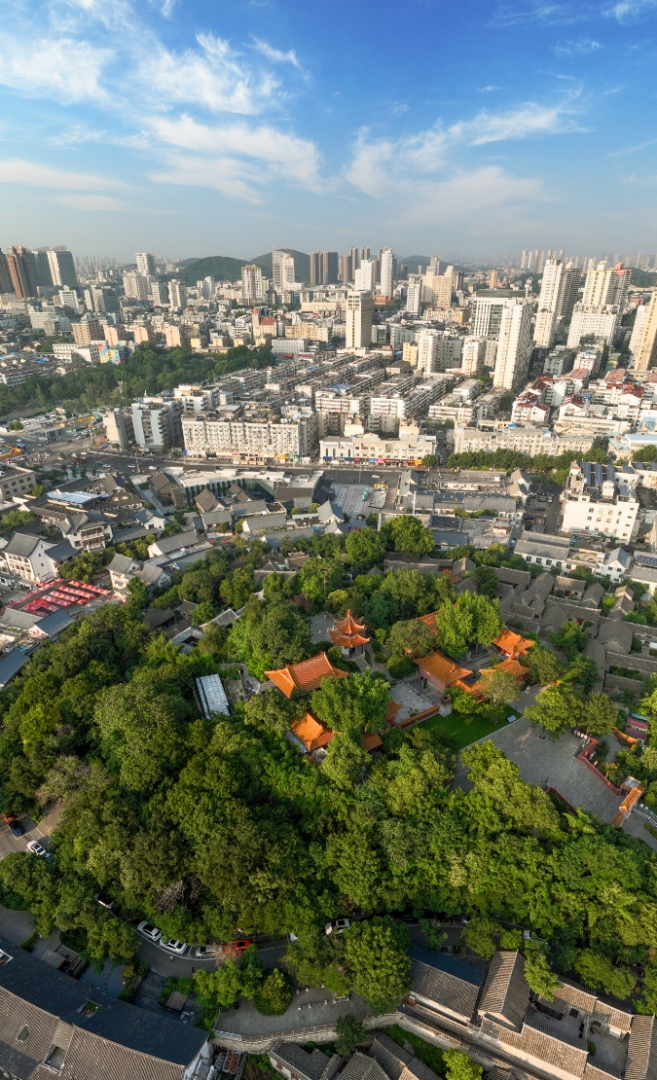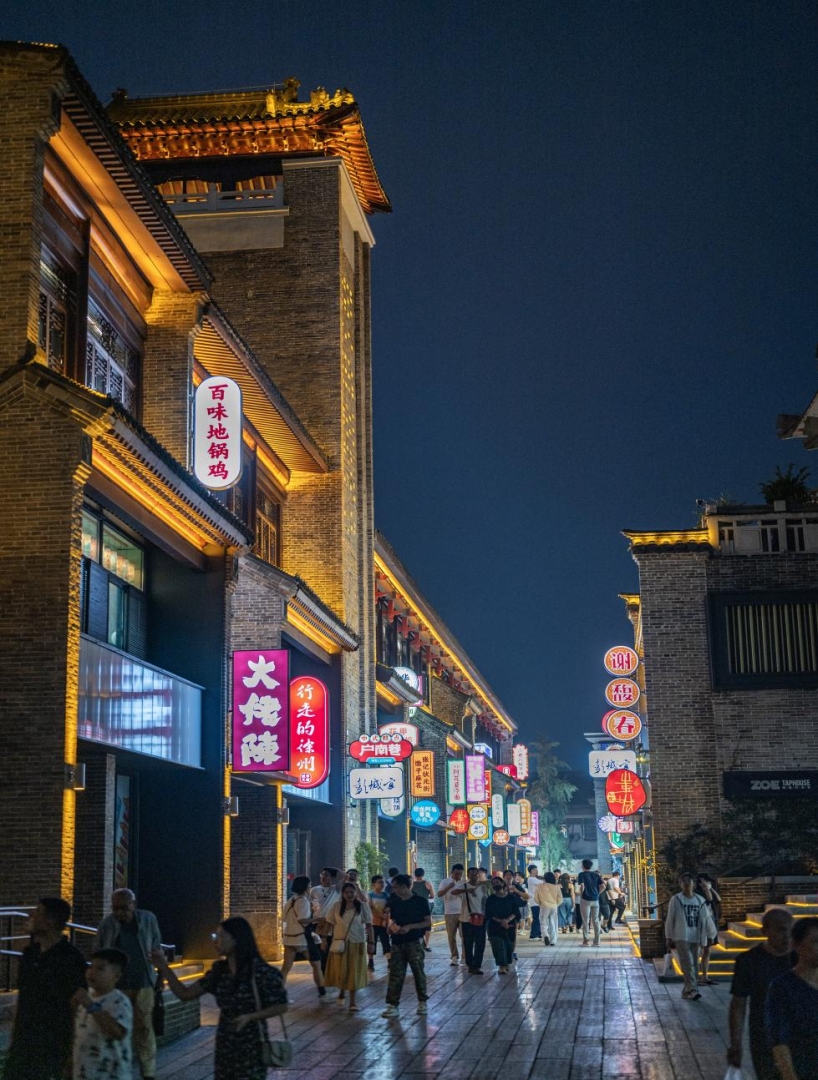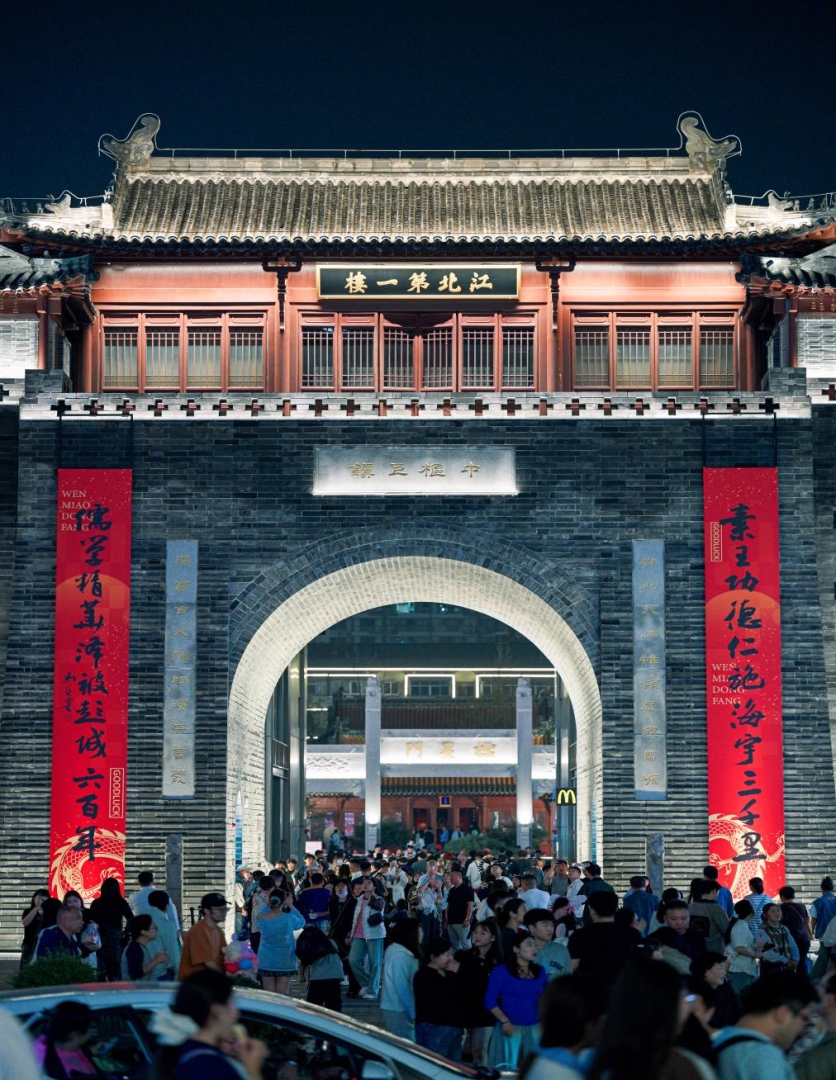On November 22nd, the “Stroll Slowly Through Pengcheng Qili” event officially launched in Xuzhou and will run until February 2026. The period will feature the “Trendy Qili Colorful Tour Routes,” the “Sū Xú Warm Eats” promotional campaign, the Hanfu Parade “Meet the Lucky Star” event, the “Colorful Dance Rhythms” dance performance season, and the release of the Peng Xiaoqi IP mascot. A Pengcheng Qili Cultural, Commercial, and Tourism Business Alliance has also been established. Xuzhou is extending an invitation to tourists worldwide.
Xuzhou, anciently known as Pengcheng, was historically one of the nine legendary regions of ancient China. It boasts over 6,000 years of civilization and more than 2,600 years of history as a built city. Xuzhou is the legendary homeland of Peng Zu, the hometown of Emperor Gaozu of Han (Liu Bang), the former capital of Xiang Yu, and a place of significance for Su Shi. It is a city of mountains, rivers, and abundant stories, the footnotes to which can all be found along the “Pengcheng Qili” historical and cultural axis.
“Pengcheng Qili” lies along the central axis of Xuzhou’s ancient city. Stretching seven li(approximately 3.5 kilometers) from the verdant peaks of Yunlong Mountain in the south to the shimmering waters of the Old Yellow River course in the north, it traverses the old urban core. It connects key historical and cultural sites in sequence, including the Temple of Confucius, the Xiangcheng Underneath the City Ruins Museum, Datong Street, the City God Temple, Kuaizai Ting Park, Hubu Mountain, and the Xuzhou Museum. Scattered along its length are 235 historical remnants across 97 sites, making it the essence of Xuzhou’s profound history and the foundation of its millennia-old cultural lineage.
Strolling along “Pengcheng Qili,” one is constantly met with a sense of temporal overlap: the 4,300-year-old Xiayuandun Site echoes the ultra-modern Xuzhou Food Culture Museum; the millennia-old chisel marks on the Yunlong Mountain cliff carvings face the contemporary comedy shows in the Huilongwo Historical and Cultural Block; near the “Wu Sheng Tong Qu” (Gateway to Five Provinces) archway, the ancient course of the Yellow River flows like a jade ribbon through the bustling city. Holographic projections in the Temple of Confucius block transform Su Shi’s poetic line “How long will the full moon appear?” into a sky full of stars. From Neolithic pottery shards and animal bones to the blue brick and tilework of the Ming and Qing dynasties, walking here brings over 6,000 years of Pengcheng’s history vividly to life.
Unchanging over millennia, steadfast and consistent, “Pengcheng Qili” not only connects the symmetrical beauty of the ancient city’s geographical space but also nurtured the emergence of quintessential Chinese traditional cultures like the Peng Zu Culture, the Han Dynasty Culture, and the Grand Canal Culture. It has become a symbolic urban icon for Xuzhou in the new era.

Overlooking Ximatai

Night View of the “Pengcheng Qili” Demonstration Section

Night View of the Wenmiao (Confucian Temple) District
(Photos: Cheng Yaoting, Li Yongliang Text: Li Yongliang)
Media Contact
Company Name: Roy
Contact Person: Roy
Email: Send Email
City: JiangSu
Country: China
Website: https://www.cir.cn/
